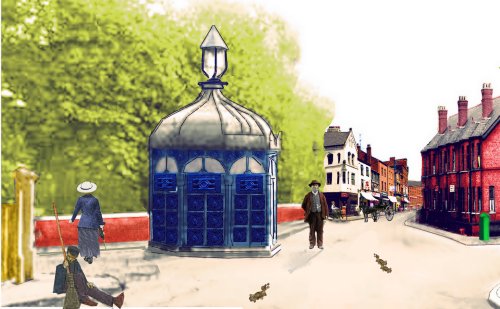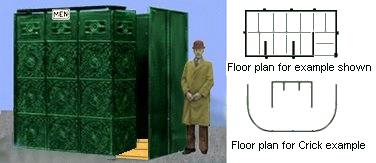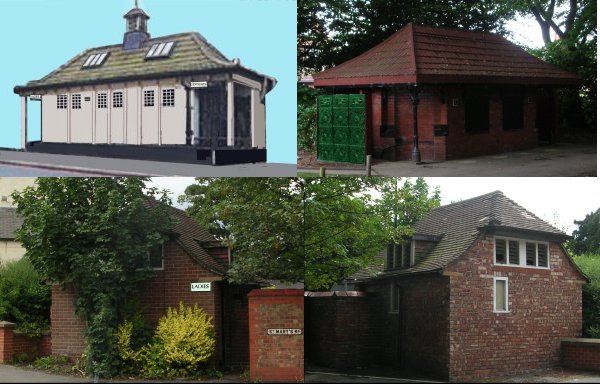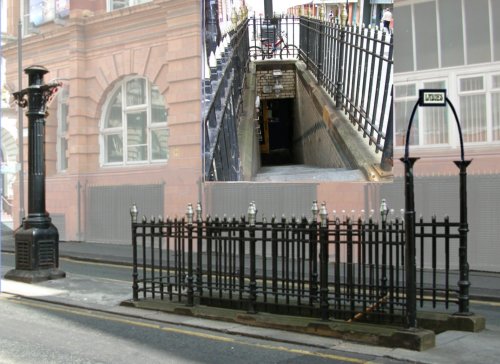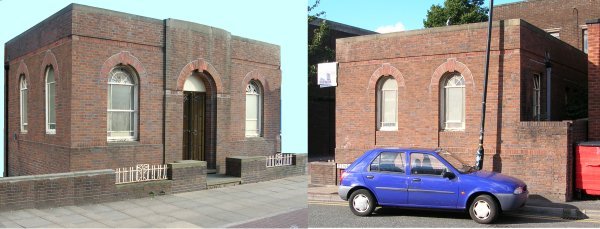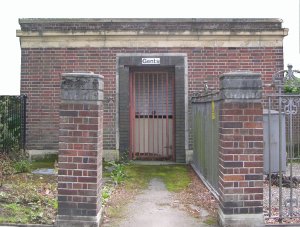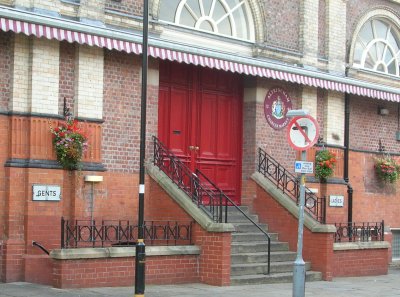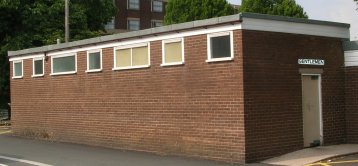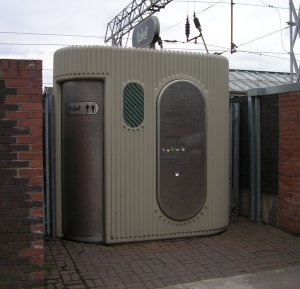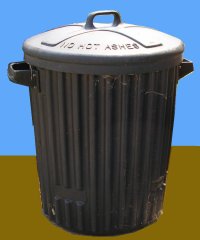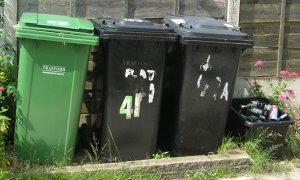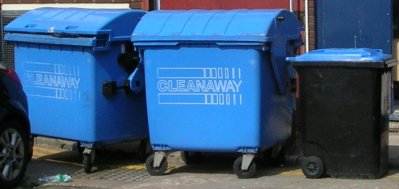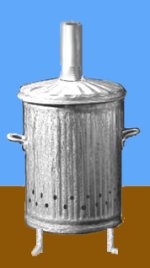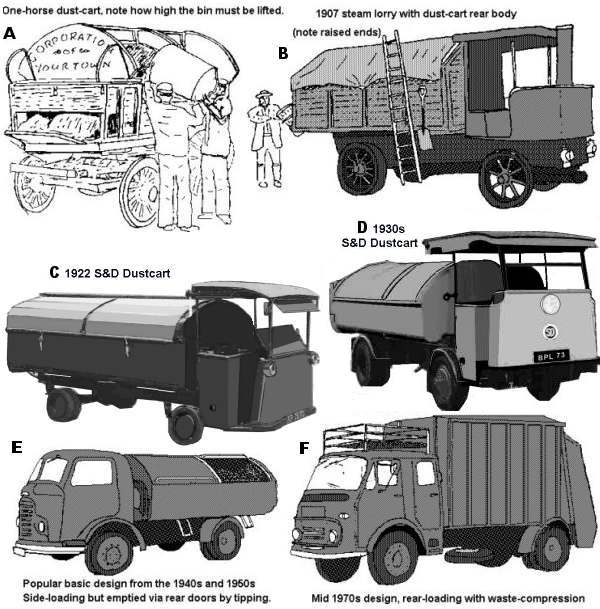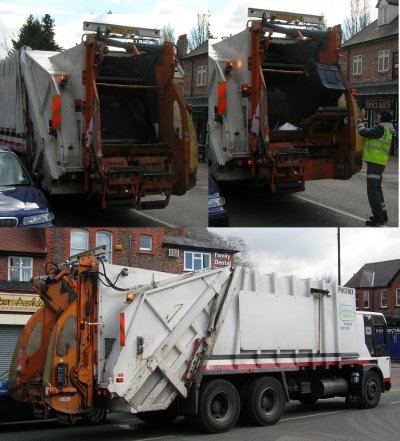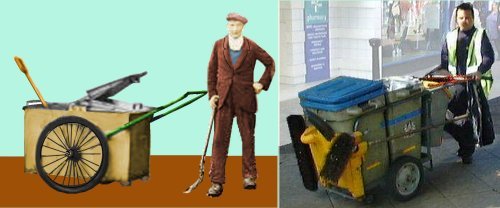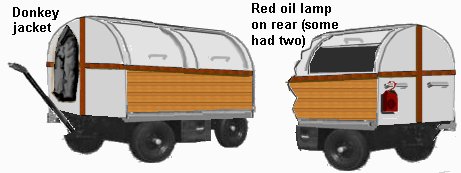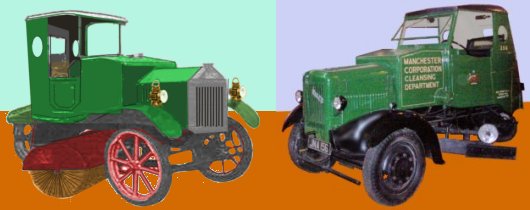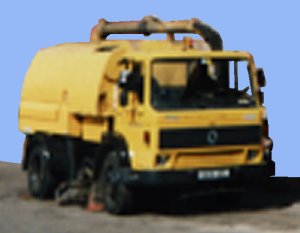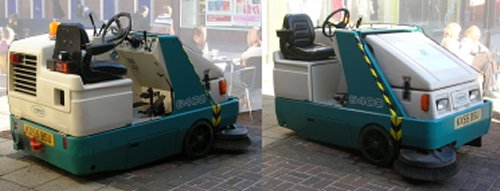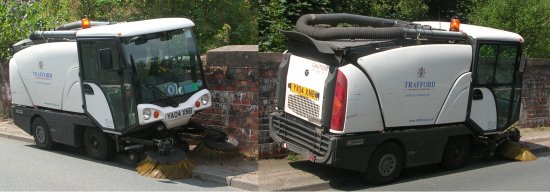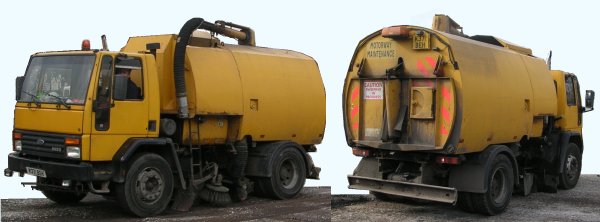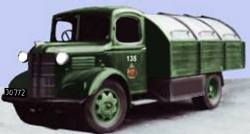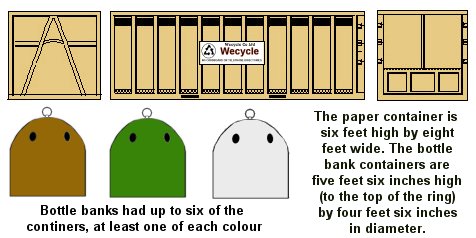International Good Guys ~ Making the world a better place since 1971 ~ Site maintained by
All material Copyright © Mike Smith 2003 unless otherwise credited
|
Return to Appendix One Index
|

"The tap water contained many living creatures, the most interesting of which was a small fresh water shrimp about half an inch long. Of drainage there was none."
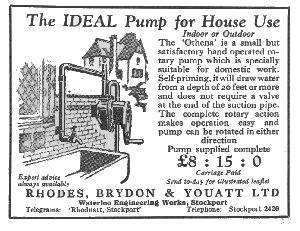

'Our night soil is of far greater manurial value than that of Rothenstall!'
My home town in South Wales was (and still is, in a much diminished sense) a centre for the tinplate industry. There, there used to be men with horses and carts who collected the urine from the numerous public houses. This was used to 'pickle' the steel sheet prior to tinplating or galvanising it. The chap who used to collect this from my great-aunt's pub was known to all as 'Dai yr Lant', 'lant' being the Welsh for his stock-in-trade.
The urine produced an interesting by-product, in the form of saltpetre deposits in the pickling vessels- many years later, when many of the plants were disused but not yet demolished, we used to scrape this off and mix it with the powdered sulphur to be found in grandad's greenhouse and charcoal pinched from the art room at school. We used to put tubes stuffed with the mixture in the middle of cowpats, light the fuse and see if we could get away before being showered in s***.
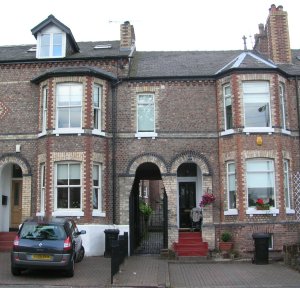
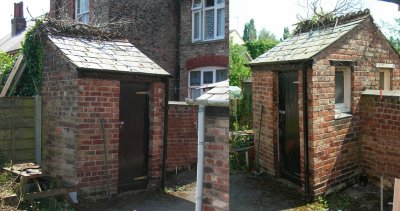
Here in Newton-le-Willows, the former Urban District Council yard was rail connected right into the 1960s. One of the internal tracks was labelled 'Night Soil Siding', on which used to stand an open 10 ton wagon, parked hard against a sloping ramp.Dave Hill commented -
Being of 1930s vintage myself I can remember that the hundreds of LNWR-built back-to-back terraced housed used to have a rear alley, along which came the council refuse cart once a week, plus another, rather special purpose conveyance which always called in the middle of the night!
My wife lived in one of these houses when I first met her and its toilet had only recently been converted to a flush type. Prior to that, 'it' went into a large metal bin, which had a second access via a wooden door facing the alley.
Again on a weekly basis, the council's horse-drawn, purpose built metal tubs used to trundle down the alleys with their accompanying crews who emptied these bins into the tubs. When filled, the horses would return the tubs to the council yard where they backed them up the sloping ramp and tipped all the contents into the waiting wagon.
The Earlestown pick-up goods would periodically collect this wagon, replace it with an empty one, then leave for a somewhere south of Warrington, where the contents were shovelled out onto a tip.
Well I don't go that far back but can remember in the late 50s and early 60s in the village. The row of houses near home were all earth closets. As many others were in the village The lavender man called with his horse and cart during the day. The produce was dumped on the farmers fields out the village.Dr Barry Worthington was able to point out -
This stopped when someone bought a property and installed running water and drains (previously all water came from a communal spring). Then everybody got the message (Grant aid) and building work - bathrooms, toilets and kitchens were added to property like falling dominoes
It would be processed in a drying plant, reducing it to a powder like substance. It was used, in the days before chemical fertilisers, by farmers, and I suppose this practice lingered into the fifties.to which Roger C added -
Before the First World War, manure was very big business. In those days, not everyone had a flush toilet......ash pits were still used. The contents were collected by special wagons known as 'honey carts' (there is a model of one in the Museum of Science and Industry in Manchester), operated by the local authority. The 'night soil', as it was termed, was mixed with manure from stables (the horse was still widely used in towns) and offal and refuse from council abattoirs. The mixture was dried and bagged, ready for loading.
The local authorities competed in advertising this product in newspapers and publications read by farmers and gardeners. (A chemical analysis of an average bag usually featured in the advertisement.) Bags could be ordered and delivered to the railway goods yard nearest the customer, ready for collection.
As this product was invariably shipped by rail, it was processed at council premises that were sometimes rail connected. Bury's town yard was situated just to the north of the first occupation bridge beyond Bolton Street Station on the present East Lancashire Railway. If you look on the right hand side, you will see the remains of a descending incline. At the base were once situated exchange sidings for, amongst other things, the shipment of the manure traffic.
All in all, an interesting episode of railway history that is largely forgotten today.
From what I recall of the display at the Museum of Science and Industry. I believe the people of the Fen Country spoke highly of Manchester manure for its role in stimulating carrots.and Joyce Whitchurch was able to advise -
In the North East of England several of the big colliery companies ran private railways through the towns eg Ashington was one. The narrow gauge tracks ran down the back lanes, and moved the miners and their goods as well as removing the night soil from the earth closets. Even now one can walk down these back lanes in any of the N East towns and see evidence of the hatches left in the walls. Ground level for the night soil and waist level or little higher for the coal.
Specifically relating to Manchester and the topic of rubbish disposal on the tips at Chat Moss in the years between 1900 and 1914, Nightsoil accounted for over 20 per cent of refuse, and Sweepings for over 40 per cent (roughly averaging 10,000 and 20,000 tons per annum respectively). These declined in both relative and absolute terms after World War I.
None of this except for Clinkers was deposited at Chat Moss after World War II. "Slaughterhouse refuse" and "Lairage manure" supplanted them until the spreading of refuse ceased completely in the 1960s. Apparently the smell of slaughterhouse refuse prevented its disposal by other means.
These facts come from "Manchester's Narrow Gauge Railways" by Robert Nicholls, published in 1985 by the Narrow Gauge Railway Society. The book also relates how the waste was transported from central Manchester, either along the Ship Canal or else by main line railway, then transferred to tramways for distribution in the fields of Chat Moss and Carrington Moss.
The book also has a splendid picture showing a chap in a flat cap at Boysnope Wharf, just off the Ship Canal near Barton. He's using a long pole - a /very long/ pole! - to guide the bucket of a mechanical shovel, which is transferring some wet and evil looking waste from a barge to a narrow gauge wagon.
Did you ever meet the "tippler"? My Granny's house had one. Water from the kitchen sink ran into a (below ground) pivoted container. When full, this would (without warning) tipple - flushing out the open pipe that passed maybe four feet below the lavatory seat. It came with a helluva rush, often very alarming for the occupant who was quietly sitting, contemplating life!
